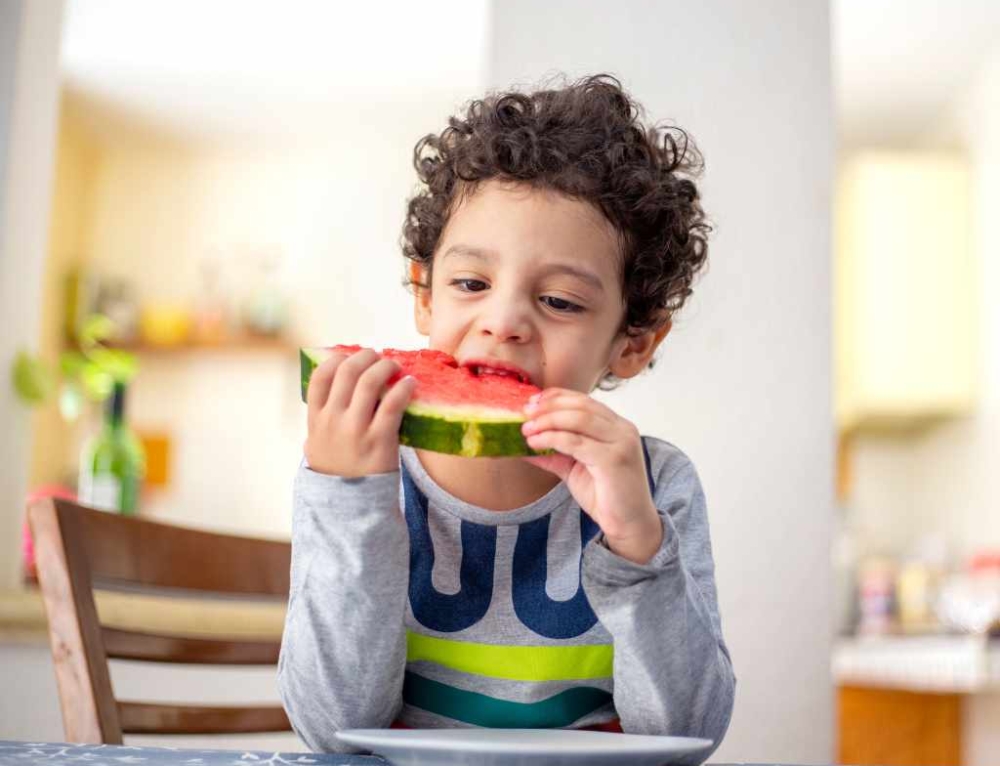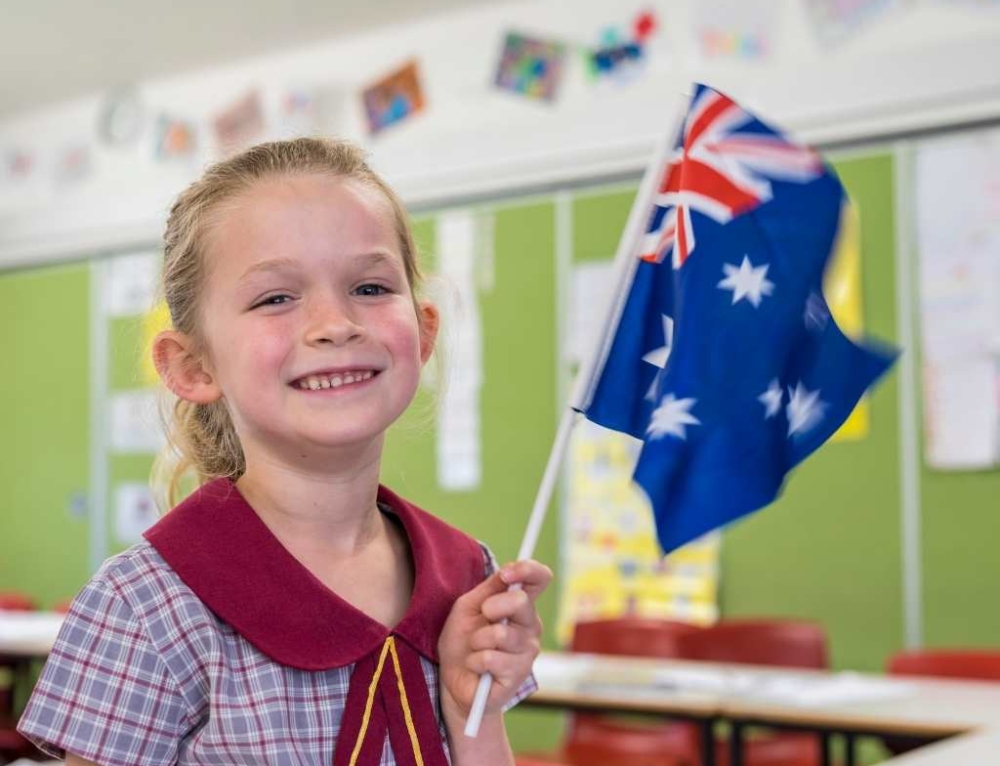Bullies are not necessarily the biggest kid in the playground – instead they could be the smallest wide-eyed butter-wouldn’t-melt-in-my-mouth girl in the class.
Children who bully want to have control over some aspect of their lives – even if it’s just making someone’s life miserable. Kids usually begin bullying to compensate for something that they’re lacking in their own lives. They often perform poorly at school and struggle to make strong and lasting friendships.
Bullies often:
- Enjoy picking on kids who are younger or smaller than the rest of the kids
- Love to pick on new kids to the school – as they’re new, they don’t yet have a group of friends who can back them up
- Talk loudly and over the top of other people, so no-one else gets to voice their opinion
- Tell lies about their victim
- Use blackmail
- Try to get their victim ignored and excluded from activities
- Freeze out their victim, so no-one will talk to her
- Needle their victim with constant name-calling and teasing
- Steal, withhold or ‘lose’ their victims possessions
What you need to know about bullies:
Bullies rely on those around them – their victims, the witnesses, their ‘gang’ – being sufficiently intimidated to be unwilling to do anything to stop their reign of terror.
- Bullies usually lack self-confidence themselves – by engaging in bullying, they make themselves feel better by tormenting those around them and making them feel worse. They choose ‘easy’ targets because this allows them to avoid looking foolish.
- Experts think that many bullies have learned this behaviour as a result of being bullied themselves.
- Some children, who feel at risk of being bullied themselves, join a bully’s gang to avoid becoming a target of the bully.
- Bullies tend to move in a gang – they usually have a couple of sidekicks to support them in their bullying behaviour – they very rarely operate alone as there’s strength in numbers and they love to have an appreciative audience
This article was written by Ella Walsh for Kidspot. Sources include SA Government’s Parenting and Child Health, Bullying No Way and Vic. Govt’s Better Health Channel







Leave A Comment
You must be logged in to post a comment.